

Pietro Negri (1628, Venice - 31 May 1679, Venice) was an Italian painter in the Baroque style who belonged to the so-called "tenebrosi" (dark or gloomy ones).


Pietro Negri (1628, Venice - 31 May 1679, Venice) was an Italian painter in the Baroque style who belonged to the so-called "tenebrosi" (dark or gloomy ones).
He was likely born in Venice. Early sources assumed that he was the son of a sculptor named Domenico Negri, but his father's name is given as Lunardo in some documents and Francesco in others. His first art lessons came from Matteo Ponzone. Later, he worked with Francesco Ruschi. In his early days, much of his work is difficult to distinguish, stylistically, from Antonio Zanchi.
His first verified work is from 1658, when he signed an engraving on the frontispiece of Antioco by the poet, Nicolò Minato. The paintings attributed to him, prior to the 1660s, are all missing. A painting of Antonio e Cleopatra is dated from c.1664. In 1670, he produced the Albero serafico dei Ordini francescani (Seraphic Tree of the Franciscans), currently at the basilica of Santa Maria Gloriosa dei Frari. One of his best known works is Nerone che esamina il corpo di Agrippina (Nero Examining the Corpse of Agrippina), in the collection of the Gemäldegalerie Alte Meister in Dresden. [1]
He married Franceschina Maria Barbara, with whom he had two sons. She died shortly after giving birth to the second and he remarried in 1673, to Angela Caroli, the widow of a merchant.
In 1673, he created what many consider to be his masterpiece; a monumental "telero" (canvas applied directly to a wall) depicting Mark the Evangelist and Saint Rocco, who interceded with the Virgin Mary to end a plague in Venice, on the left wall of the staircase at the Scuola Grande di San Rocco, opposite a depiction of the plague of 1630, by Zanchi. [2]
He also took the occasional student; notably the Late Baroque painter, Simone Brentana.
He died of what is believed to have been tuberculosis. He was interred, at his widow's expense, in the Church of Saint Augustine , which was demolished in 1873, after many years of serving as a mill.
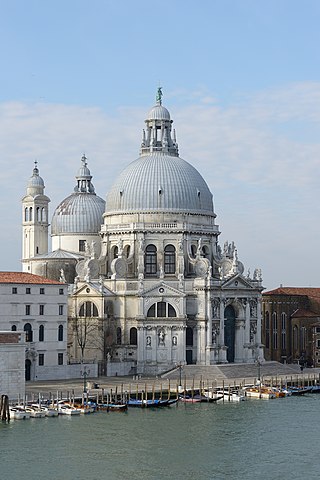
Santa Maria della Salute, commonly known simply as the Salute, is a Roman Catholic church and minor basilica located at the Punta della Dogana in the Dorsoduro sestiere of the city of Venice, Italy.

Ca' Rezzonico is a palazzo and art museum on the Grand Canal in the Dorsoduro sestiere of Venice, Italy. It is a particularly notable example of the 18th century Venetian baroque and rococo architecture and interior decoration, and displays paintings by the leading Venetian painters of the period, including Francesco Guardi and Giambattista Tiepolo. It is a public museum dedicated to 18th-century Venice and one of the 11 venues managed by the Fondazione Musei Civici di Venezia.

Giambattista Pittoni or Giovanni Battista Pittoni was a Venetian painter of the late Baroque or Rococo period. He was among the founders of the Academy of Fine Arts of Venice, of which in 1758 he became the second president, succeeding Tiepolo.
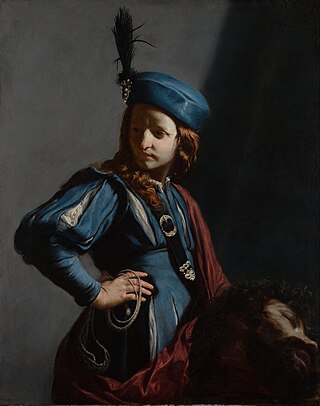
Guido Cagnacci was an Italian painter originally from Santarcangelo di Romagna. Associated most readily with the Baroque period, his mature works are characterized by their use of chiaroscuro and their sensual subjects. He was influenced by the masters of the Bolognese School.

Francesco Trevisani was an Italian painter, active in the period called either early Rococo or late Baroque (barochetto).

Antonio d'Enrico, called Tanzio da Varallo, or simply il Tanzio was an Italian painter of the late-Mannerist or early Baroque period.

Giacinto Brandi was an Italian painter from the Baroque era, active mainly in Rome and Naples.

Ottavio Amigoni was an Italian painter of the Baroque period, active in Brescia. He was trained by Antonio Gandini. Among his masterpieces is a large fresco about the life of Sant'Alberto in the Carmelite church of Brescia, painted with Gandino's son, Bernardino.
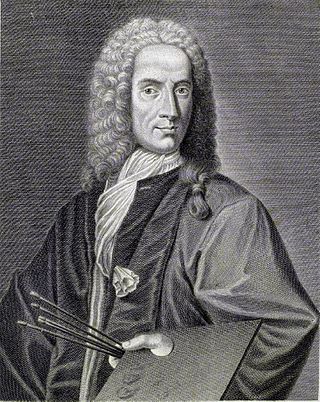
Antonio Zanchi was an Italian painter of the Baroque, active mainly in Venice, but his prolific works can also be seen in Padova, Treviso, Rovigo, Verona, Vicenza, Loreto, Brescia, Milano, and Bergamo, as well as Bavaria.
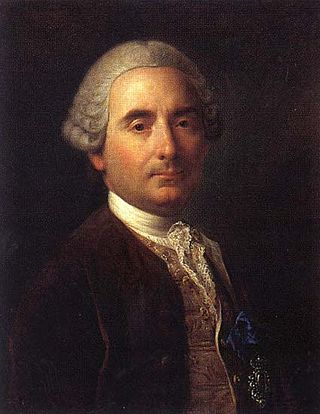
Pietro Antonio Rotari was an Italian painter of the Baroque period. Born in Verona, he led a peripatetic career, and died in Saint Petersburg, where he had traveled to paint for the Russian court. His portraits, mostly of women, are renowned for being beautiful and realistic. Rotari's works were generally limited to royal portraits held by notables such as emperors and court ladies.

Simone Brentana was an Italian painter of the Baroque period, active in Verona. He was born in Venice to Domenico Brentana, but became orphaned by age nine. After a prolonged desultory education in various fields including music, he trained as a painter in Venice with Pietro Negri, frequenting the Accademia di Belle Arti, moving in 1685 to Verona, where most of his paintings are located.
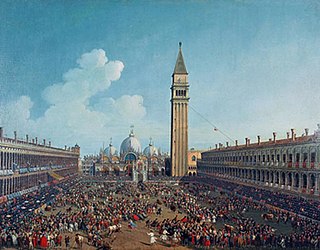
Giovanni Battista Cimaroli (1687–1771) was an Italian painter of rustic landscapes with farms, villas and graceful figures and capricci of ruins and views of towns in the Veneto.

Pietro Malombra (1556–1618) was an Italian painter of the late-Renaissance, active in his adoptive city of Venice. He was an educated man who became chancellor of the republic.

Antonio Randa was an Italian painter of the classicist period, active in Ferrara, Modena, Rovigo, Florence, Comacchio and his native Bologna.
Matteo Ponzone was an Italian painter of the Baroque period, active between 1630 and 1700 mainly in Venice. He was a pupil of Santo Peranda. Several of his works are in the churches and public buildings of Venice, particularly in San Giorgio Maggiore, and in the church of the "Padri Croceferi".

The Ateneo Veneto di Scienze, Lettere ed Arti is an institution for the promulgation of science, literature, art and culture in all forms, in the exclusive interest of promoting social solidarity, located in Venice, northern Italy. The Ateneo Veneto is made up of 300 members resident in the city and in the province of Venice, elected by the Assembly, which is also responsible for appointing the chairman and the academic council. Honorary, Non-Resident and Foreign Members, elected by the Assembly also participate in the life of the Ateneo.

The Carracci were a Bolognese family of artists that played an instrumental role in bringing forth the Baroque style in painting. Brothers Annibale (1560–1609) and Agostino (1557–1602) along with their cousin Ludovico (1555–1619) worked collaboratively. The Carracci family left their legacy in art theory by starting a school for artists in 1582. The school was called the Accademia degli Incamminati, and its main focus was to oppose and challenge Mannerist artistic practices and principles in order to create a renewed art of naturalism and expressive persuasion.
Francesco Sampietro was an Italian painter, mainly of sacred subjects.
Ernesto Treccani was a visual artist, writer and political activist.